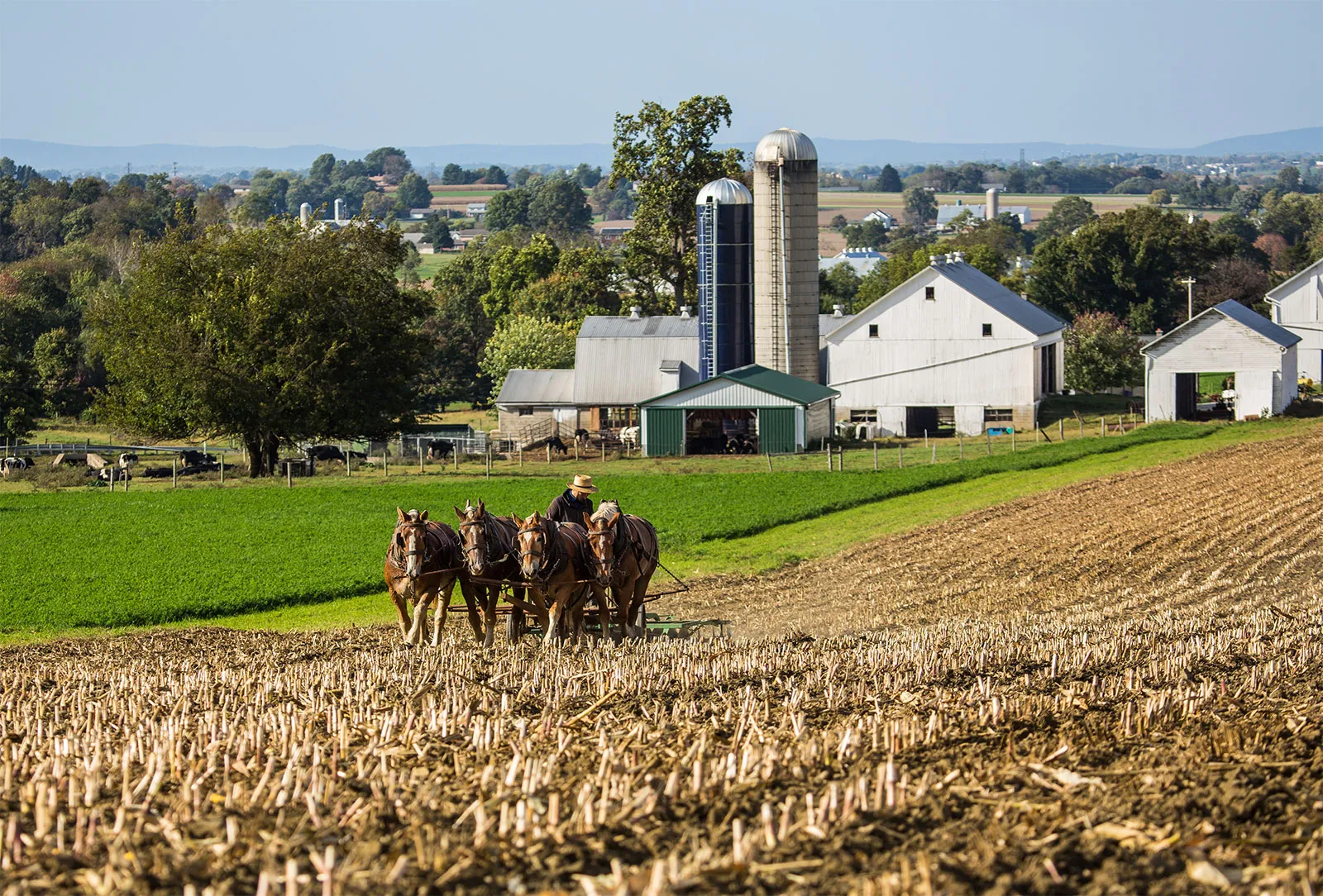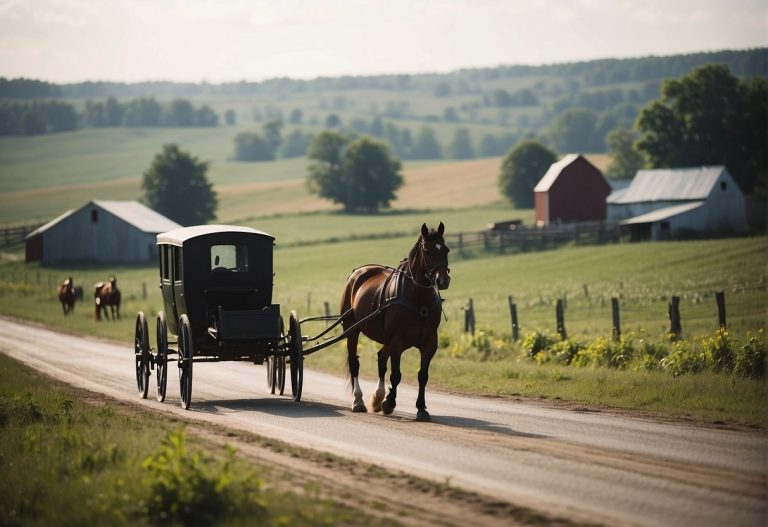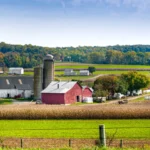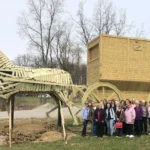The Great Amish Migration Explained
The Amish migration to North America in the 18th century was a pivotal event in their history. Facing persecution in Europe, they sought religious freedom, fertile farmland, and the opportunity to preserve their unique way of life. Understanding this migration sheds light on the resilience, values, and determination of Amish communities, which continue to thrive in the United States today.
Origins in Europe
The Amish originated in Europe as part of the Anabaptist movement during the Protestant Reformation. Leaders like Jakob Ammann emphasized strict adherence to faith, community cohesion, and simplicity. These beliefs often clashed with European authorities, resulting in fines, imprisonment, and social exclusion.
The increasing persecution created a pressing need for a safe environment where the Amish could practice their religion freely. Many families decided to leave their homes in Switzerland, Alsace (modern-day France), and Germany in search of religious tolerance and better opportunities.
Motivations for Migration
Religious freedom was the primary motivation for Amish migration. Laws in Europe limited their worship practices, punished nonconformity, and restricted education according to their beliefs. Economic opportunities also played a role. Limited land availability and social restrictions made sustaining farms and communities difficult in Europe.
North America, particularly Pennsylvania, offered fertile land, legal protections, and the chance to establish close-knit, self-sufficient communities. These factors combined to make migration a compelling option for Amish families seeking a better future.
The Journey to America
The journey across the Atlantic was challenging. Families traveled by ship, often enduring cramped conditions and long voyages that could take several weeks. They carried only essential possessions, including tools, seeds, clothing, and religious texts.
Despite hardships, the migration was fueled by faith and determination. Communities moved together, ensuring mutual support and maintaining their cultural practices during the journey.
Settling in Pennsylvania
Upon arrival, the Amish settled primarily in Pennsylvania, attracted by William Penn’s policy of religious tolerance. Lancaster County became a hub for early Amish communities. Settlers built farms, homes, and meetinghouses, focusing on self-sufficiency, plain living, and family-centered life.
The rural environment allowed them to practice traditional farming, preserve language and customs, and maintain a simple lifestyle away from the influence of modern society.
Expansion Across America
As populations grew, Amish families expanded to Ohio, Indiana, and other states with available farmland. Each new settlement retained core values, including community cooperation, plain dress, limited technology, and faith-centered living.
This expansion ensured the survival of Amish culture while providing opportunities for families to prosper. Communities remained closely connected through shared religious practices, economic collaboration, and intermarriage.
Preserving Tradition and Heritage
The Great Amish Migration allowed communities to preserve their European heritage in a new land. Language, customs, crafts, and religious practices were maintained and passed down through generations.
Pennsylvania Dutch, traditional farming methods, and handmade crafts continue to reflect European roots. The migration set the foundation for a way of life that balances faith, work, and community.

Lessons from the Amish Migration
The Great Amish Migration demonstrates resilience, intentionality, and faith-driven decision-making. Families left familiar homes and faced uncertainty to maintain their beliefs and cultural identity.
Modern observers can learn the value of perseverance, community support, and living in alignment with deeply held principles. The migration also highlights the importance of creating environments where culture, faith, and family can thrive.
Conclusion
The Great Amish Migration was a transformative event that shaped the course of Amish history. Driven by persecution and the desire for religious freedom, Amish families crossed the Atlantic, settled in Pennsylvania, and eventually expanded across America. Their journey reflects resilience, faith, and commitment to preserving tradition. Today, Amish communities continue to honor the legacy of this migration through farming, crafts, education, and simple, faith-centered living, offering a unique glimpse into a culture that has successfully preserved its identity for centuries.



